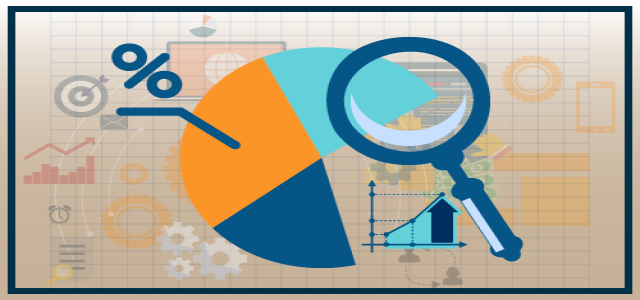
LiDAR in mapping market is expected to exceed USD 4 billion by 2026. The rising demand to reduce the risks associated with natural disasters such as floods, volcanic eruptions, and earthquakes is supporting the demand for LiDAR in mapping solutions.
Request sample copy of this report @ https://www.decresearch.com/request-sample/detail/4461
The market growth is attributed to the increase in government efforts to identify new sources of energy. Government authorities are using LiDAR in mapping technology to locate suitable locations to place pipelines for the oil & gas industry. The private companies are also utilizing LiDAR technology for quick & safe mapping of distant oil & gas fields. For instance, in July 2019, the Brazilian oil & gas inspection services provider, Terra Drone Brazil carried out an extensive aerial LiDAR mapping for Brazil's state-owned energy company, Petrobas. This LiDAR mapping identified the corrosion, cracks, and surface welding defects in cargo & ballast tanks of fuel storage facilities. This helped in the timely maintenance and business continuity for Petrobas.
LiDAR in mapping requires huge resources that include LiDAR equipment, software, and skilled professionals. The total cost of resources deployed for a single project is high, hindering market growth. Data acquisition requires a long-time period, restraining its deployment on several infrastructure projects.
Make Inquiry about this report @ https://www.decresearch.com/inquiry-before-buying/4461
Construction & surveying application is expected to grow significantly over the forecast timeline due to the rising demand for LiDAR in mapping technology for town planning. The construction companies are using drones equipped with LiDAR technology for survey-grade topographic mapping. This process significantly reduces human risks and operational costs in difficult terrains. Governments across the globe are entering into strategic alliances with prominent market players for several mapping & surveying projects. For instance, in June 2019, Ordnance Survey, the national mapping agency of the UK, signed an agreement with Terra Drone Europe to provide UAV (fixed-wing, multi-rotor) equipped with LiDAR technology for mapping & surveying services. The deliverables will include Digital Terrain Models (DTM), orthomosaics, and digital surface models.
The increasing demand for improving disaster management systems across the developing countries including India, China, and Japan is fueling the market growth in the Asia Pacific region. For instance, in May 2017, the Japanese government deployed LiDAR mapping systems to assess post-disaster damages, which occurred due to Kumamoto earthquake in 2016. The acquired data was used for developing strategies to efficiently deliver and distribute relief resources during the occurrence of such emergencies. LiDAR in mapping systems are being deployed extensively for geotagging of earthquake-prone areas and to assess the impact of landslides caused by earthquakes.
The companies operating in the market are focusing on introducing low-cost LiDAR sensors to target the growing mapping markets across the world. For instance, in September 2019, LeiShen Intelligent Systems launched its new series of affordable and low-cost LiDAR sensors, which targeted Chinese SMEs. The new product, automotive-grade hybrid LiDAR CH16 3D, is priced at USD 0.0599 per unit and will help the company gain significant traction among small enterprises in the region. The companies are also concentrating oninnovative LiDAR sensors to meet the changing demands of their customers.
© 2025 groundalerts.com. All Rights Reserved.